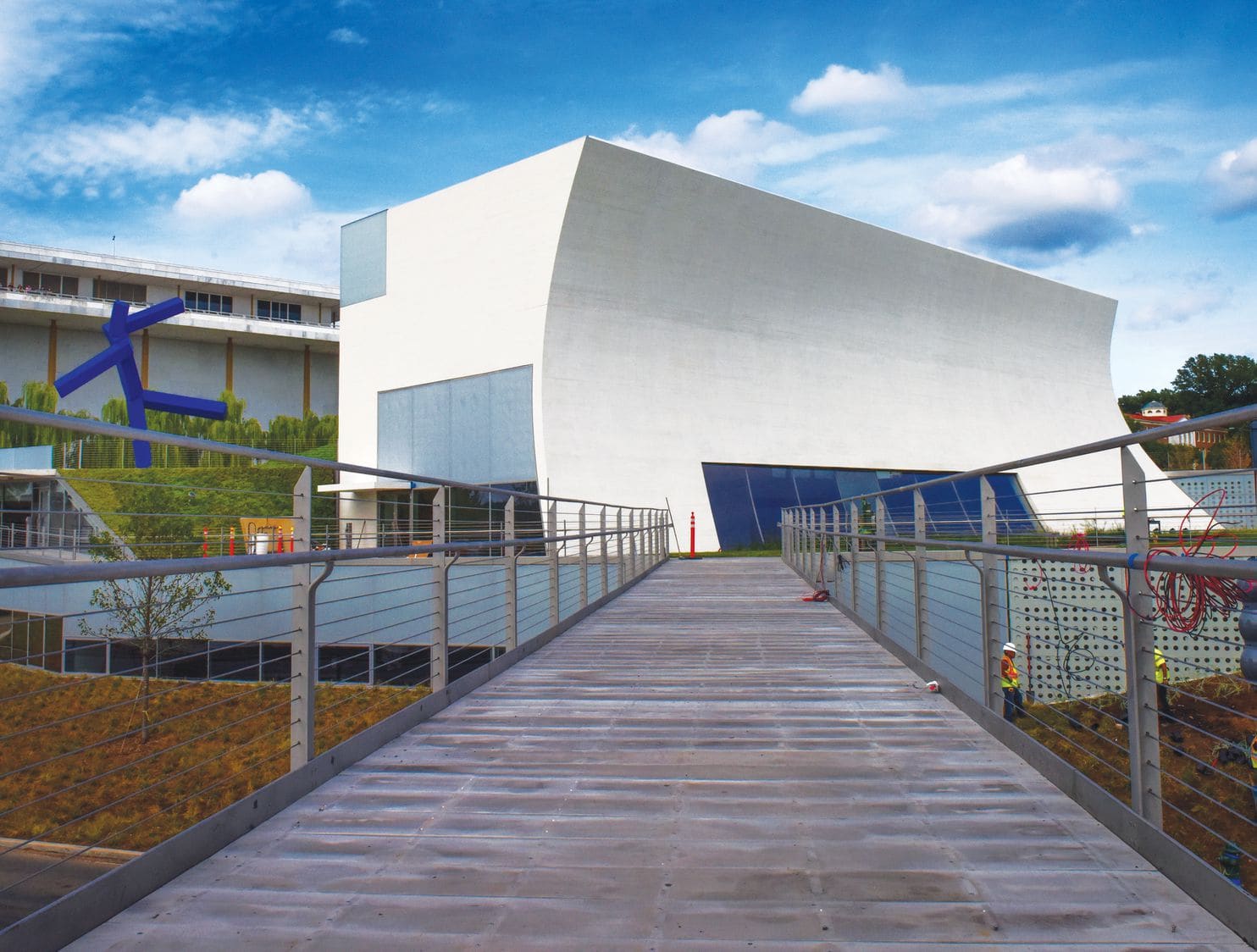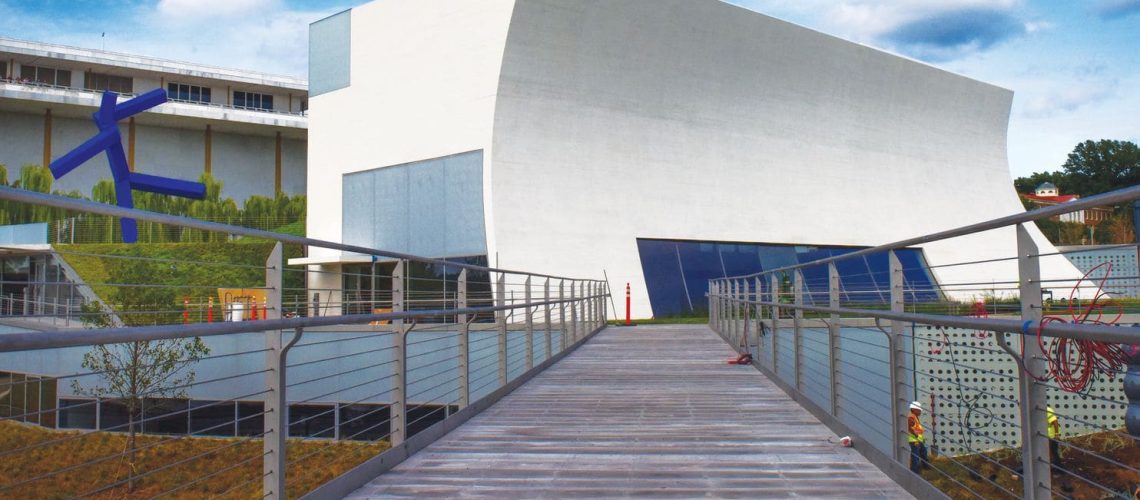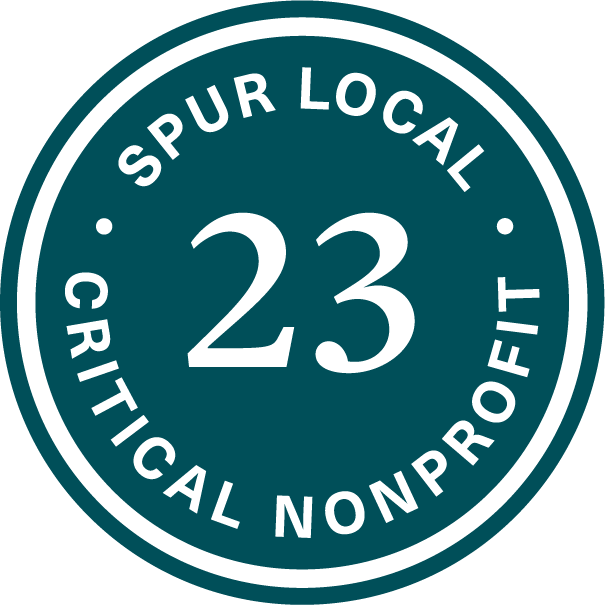The Kennedy Center welcomes the birth of its new ‘living theater,’ The Reach


The Skylight Pavilion is one component of The Reach, a new multiuse complex at the Kennedy Center. (Photo by Bill O’Leary/The Washington Post)
By Angela Haupt
September 4 at 5:23 PM
When Deborah Rutter became president of the Kennedy Center in 2014, she asked her new colleagues to prepare a creative brief explaining why the institute was expanding for the first time in its nearly 50-year history. In response, she was handed a piece of paper filled with numbers: One room would be this size, another would be that size, another some other size.
“I thought, well, that’s great — now we know what the room sizes are,” recalls Rutter, who was tasked with overseeing the already-in-progress expansion when she joined the center after a decade as president of the Chicago Symphony Orchestra Association. “But why are we building this space?”
So she told the architects that their designs were lovely, but that she couldn’t approve anything until the center figured out its goals — effectively hitting pause on the project. Then she gathered 40 colleagues, mostly staffers who interacted with audiences by creating programs or educational activities, and asked: “What do we love about the center, what could we do better at the center, what do we need because we don’t have it now and what do we dream of in terms of what the future will be like?”
This weekend, the resulting vision comes to fruition: The Reach, a sprawling “living theater,” opens to the public on Saturday. The new venue includes three sleek, multiuse pavilions; underground classrooms and performance halls; an outdoor stage and video wall for concerts and film screenings; and a “green roof” with a gingko grove and grassy areas to relax. A pedestrian bridge over Rock Creek and Potomac Parkway connects visitors to the National Mall and other memorials, helping the somewhat secluded Kennedy Center “reach” the rest of the city.
To celebrate, the Kennedy Center is throwing a party: More than 1,000 artists will perform during a 16-day, jam-packed opening festival showcasing The Reach’s versatility. Big names like Thievery Corporation, De La Soul and Patton Oswalt are slated to perform, experts will teach DJing skills and beatboxing, and choreographer Debbie Allen will lead a National Dance Day celebration.
The festival, which kicks off Saturday, is an attention-grabbing introduction to a place Rutter hopes many will return to — even just to hang out. She describes The Reach as a home for “immersive, responsive artistic experiences,” a place that brings audiences and artists together. Imagine watching a ballet troupe rehearse in a glass-walled studio, for example, or listening to the National Symphony Orchestra fine-tune a new piece. Or catching a performance in a 150-seat theater, rather than one of the Kennedy Center’s massive halls. The new complex aims to deliver such intimate, behind-the-scenes experiences — as well as lectures, workshops, open-mic nights, parties and plenty of hands-on opportunities, like the arts camps scheduled to begin in 2020.
There are three studios at The Reach — J, F and K — that have floor-to-ceiling windows, so people passing by outside can observe rehearsals and other events occurring inside. On Oct. 7, The Reach’s first exhibition will open in Studio K, the largest of the three studios. “Portraits of Courage,” a collection of 66 paintings by former President George W. Bush, will be on view through Nov. 15, the first time the paintings will be displayed in the area. In January, the space will transform into the Club at Studio K, a funky lounge open on weekend evenings. The programming will be different each night: Visitors might catch two jazz shows on Friday, and a comedy or spoken-word performance on Saturday.
“It’s transformative,” Andrew Lee, artistic director of DC Strings Workshop, says of the new complex. “There’s a lot of upheaval in the industry right now, and this says we matter, we’re valued and that the Kennedy Center wants to work with us and organizations like us.” DC Strings, a nonprofit that aims to bring classical music to underserved communities, will perform during the opening festival on Wednesday. Lee is particularly excited about the opportunity to host workshops and other educational activities at The Reach, especially for communities “that often don’t get invited to the Center.” “I think The Reach is going to do a lot, to help stand in the gap and provide more clarity and vision on what students can achieve [artistically] in the District,” he says.
Rutter sees The Reach as a place where community members can interact with one another — and with the creative process. She imagines passersby popping into the coffee bar or cafe (which will serve cocktails in the evening), spending a few hours reading or working on their laptops. “There aren’t many places in this city where you can reliably be at a cafe table, and at the table next to you, there are artists who just came out of one of the studios,” she says. “I want it to be a space that’s comfortable for everybody. You don’t have to have a high-priced ticket or be dressed in a fancy outfit to come here. We want everyone to feel welcome.”
16 days of fun are within Reach
The Reach Opening Festival is the D.C. event of late summer — an impressive smorgasbord of comedy, dance, theater, music and family activities. The Kennedy Center is distributing free timed-entry tickets for the celebration, which runs from Saturday to Sept. 22, but many popular time slots are already unavailable. Still, center president Deborah Rutter encourages those who don’t secure tickets to come anyway: Extra passes will be available day-of depending on the number of no-shows. Having a ticket doesn’t guarantee entry to specific events, which are first-come, first-served. If you can’t get into a high-demand event, there’s still plenty to do. Pop into the Moonshot Studio for hands-on educational activities, for example, or take a turn playing the piano in River Pavilion, Rutter suggests. And mostly, she says, consider the festival an opportunity to try something new — like these four events:
NSO Chamber Group Open Rehearsal Wed., 10 a.m.-noon
During this two-hour rehearsal, a handful of National Symphony Orchestra musicians will pause every 20 minutes to answer audience questions. There’s no need to stay the entire time, the Kennedy Center notes.
Rap Improvisation Workshop with Freestyle Love Supreme Academy Sept. 12, 3-4:30 p.m.
Here’s a shortcut to winning your next rap battle: a workshop led by Freestyle Love Supreme Academy, which was co-founded by Lin-Manuel Miranda. Expect to review the theories behind hip-hop, spoken word, beatboxing, confidence and momentum.
Outside In with Hakim Bellamy Sept. 19, 5-7 p.m.
In this workshop, Hakim Bellamy, a former poet laureate of Albuquerque, N.M., will turn stories from incarcerated adults and juveniles into a performance narrative, while guiding participants through a writing exercise.
Master Class: Beychella Sat., 12:30-1:30 p.m.; Sept. 21, 12:30-1:15 p.m.; Sept. 22, 4-5:30 p.m.
You’ve practiced it in your living room. Now, become a fully trained diva as choreographer Iran “Bang” Paylor instructs attendees on the moves from Beyoncé’s history-making 2018 Coachella performance, as seen in “Homecoming” on Netflix.


